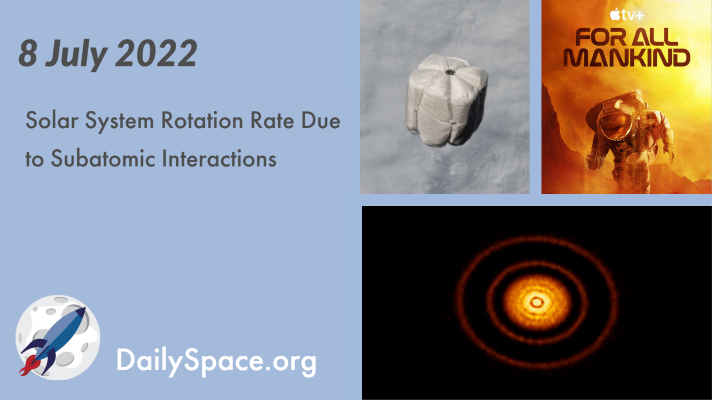
Jul 11, 2022 | Crewed Space, Daily Space, Earth, Exoplanets, JWST, Moon, Our Solar System, Review, Rockets, SpaceX, Starlink
Using a first-principles approach, researchers have discovered that the differences in the rotational rate of the solar system are due to the inward and outward flow of cations and electrons. Plus, JWST’s first list of observations, a Starlink launch, dinosaurs, raining sand, and a review of episode two of this season’s For All Mankind.
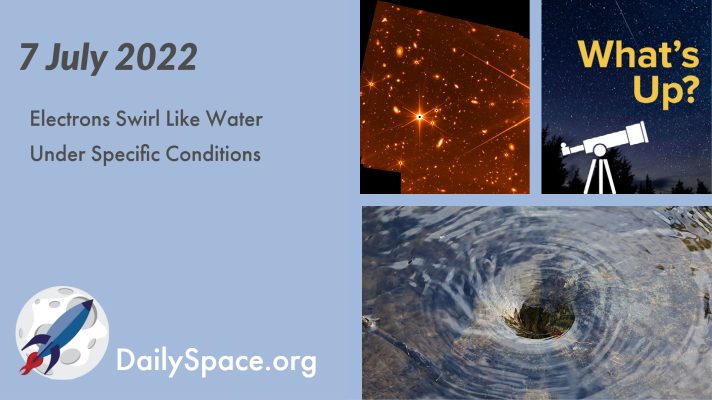
Jul 8, 2022 | Daily Space, Dark Matter, JWST, Moon, Observatories, Physics, Science, SETI, Sky Watching, Spacecraft, The Sun
Using etched tungsten ditelluride at nearly absolute zero, scientists have observed electrons swirling around like whirlpools, behaving as a fluid. The methods could be used to design low-energy devices. Plus, eavesdropping on aliens, machine learning on solar data, and some new observatories are in the works.
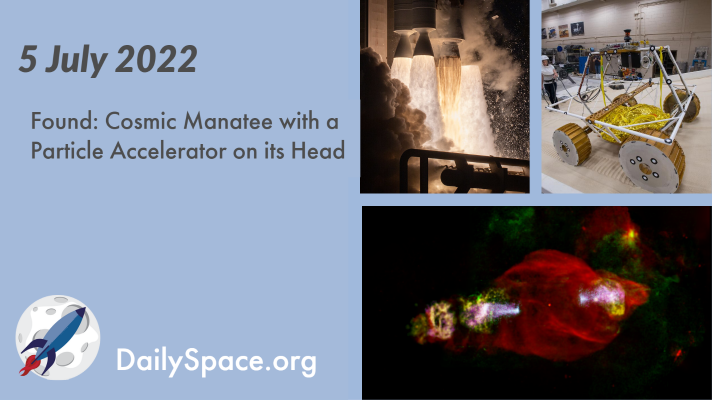
Jul 6, 2022 | Daily Space, Galaxies, Mars, Moon, Nebulae, Neutron Stars / Pulsars, Rockets, Rovers, Space China, Virgin Orbit, Zhurong
Scientists observing the Manatee Nebula find that the supernova remnant contains a stellar-mass black hole that is emitting powerful, high-energy jets, creating the strange, double-lobed shape. Plus, rocket launches, mission updates from Mars and the Moon, and a spinning galaxy from the early universe.
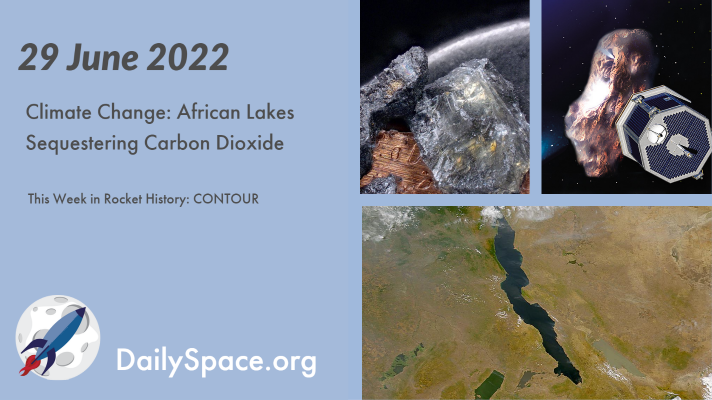
Jun 30, 2022 | Asteroids, Climate Change, Daily Space, Moon, Rocket Lab, Rockets, Space History, Spacecraft, Volcanoes
Today we look at a trio of climate change stories, which are mostly bad news, although one study has discovered that African lakes are doing more sequestering of greenhouse gases than emissions. Plus, the CAPSTONE launch, meteorite crystals, and this week in rocket history, a mission that launched… but failed.
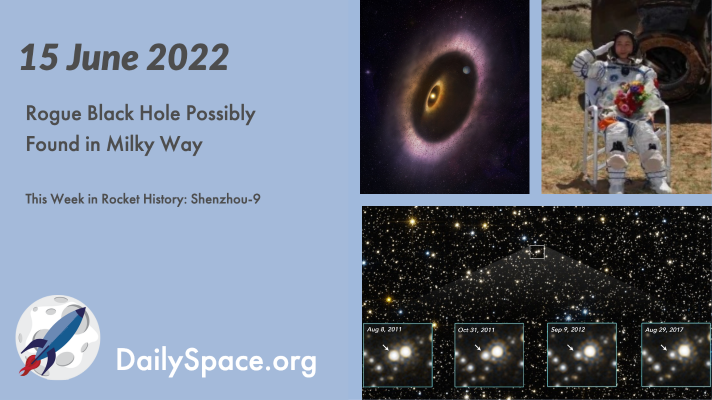
Jun 16, 2022 | Black Holes (Stellar), Crewed Space, Daily Space, Exoplanets, Moon, Random Space Fact, Rovers, Space China, Space History, Spacecraft, Stars, Venus
After six years of Hubble Space Telescope observations and the hypothesis that millions of black holes exist in the Milky Way, scientists have finally found direct evidence for the existence of one such black hole. Plus, planetary formation, a wandering star, and this week in rocket history, we look back at China’s first crewed space station docking.
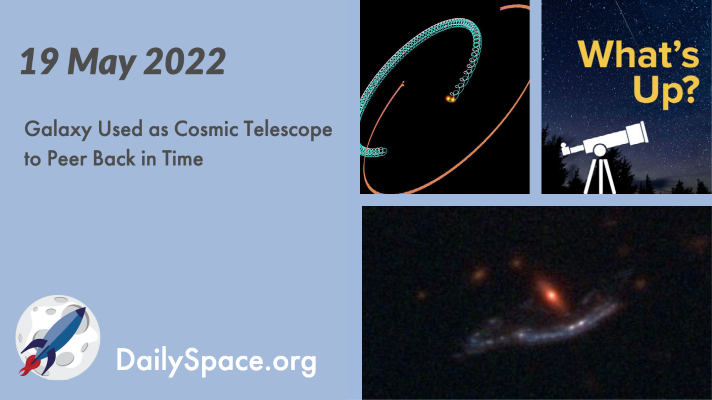
May 20, 2022 | Daily Space, Earth, Galaxies, Moon, Sky Watching, Spacecraft, Star Forming Region, Stars, Supernovae, The Sun
With a groundbreaking technique, astronomers have used a galaxy as a gravitational lens to backlight two hydrogen clouds, peering back 11 billion light-years at our early universe. Plus, volcano water on the Moon, a quadruple star system, and this week’s What’s Up takes a careful look at the Sun.








 We record most shows live, on Twitch. Follow us today to get alerts when we go live.
We record most shows live, on Twitch. Follow us today to get alerts when we go live.